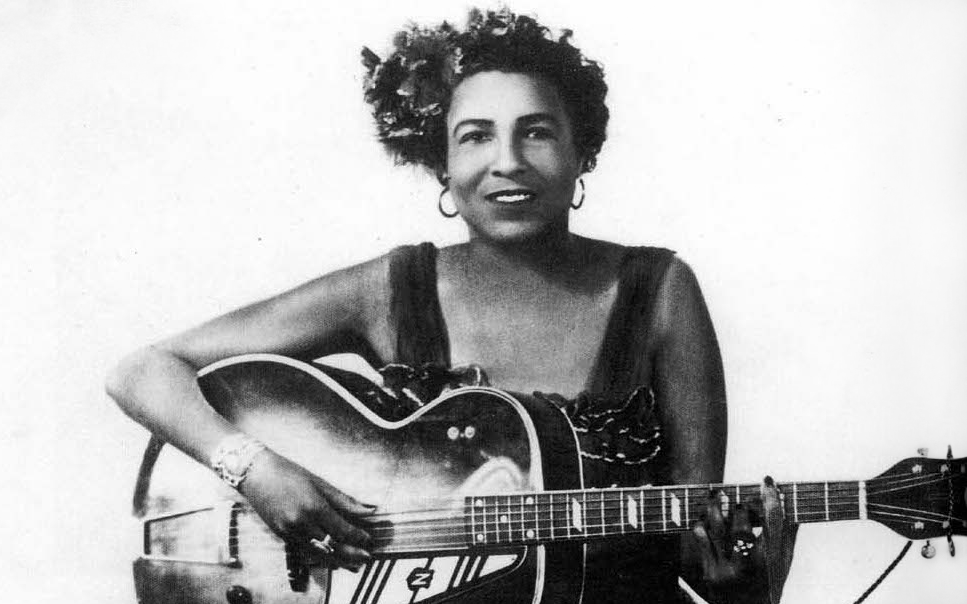The following information on acoustic blues guitar pioneers is excerpted from the Berklee Online course Acoustic Blues Guitar, written by Dan Bowden, and currently enrolling.
Blues is a word that describes a distinctive form of musical output, developed by African Americans that lived primarily in the South. Blues was conceived in the cotton fields of the South, from field hollers and work songs that expressed the hardships of an oppressed and exploited African-American underclass. The musical elements of blues are distinctly African in origin—the pentatonic scales, polyrhythms, use of microtones and pitch bends, and call and response phrase structure all originate from the African continent. The first strains of what we would identify as blues were identified around the turn of the twentieth century, around the same time recording technology was developed. With this legacy of recording, we can identify distinctive regional styles through the work of the most representative and influential artists.
Charley Patton
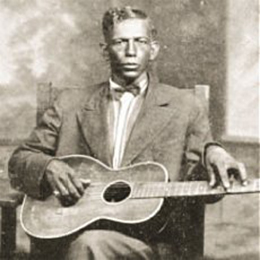
Born: 1887 in Edwards, MS
Died: April 28, 1934 in Indianola, MS
Considered by many to be the “Father of the Delta Blues.” He impressed audiences with flashy guitar playing, gaining notoriety for his showmanship, often playing with the guitar down on his knees, behind his head, or behind his back. Although Patton was a small man at about 5’ 5” and 135 pounds, his gravelly voice was rumored to have been loud enough to carry 500 yards without amplification. Patton’s gritty bellowing was a major influence on Son House, Robert Johnson, and the singing style of his young friend Chester Burnett, who went on to gain fame in Chicago as Howlin’ Wolf.
Blind Lemon Jefferson
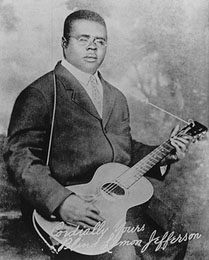
Born: September 1893
Died: December 1929
The founding father of Texas blues, Blind Lemon Jefferson was one of the most commercially successful artists of the 1920s, recording for the Paramount label. Jefferson’s recording career was brief (1926–29), but during that time he recorded over 100 songs, including such blues classics as “Matchbox Blues” and “See That My Grave Is Kept Clean” before his untimely death in 1929. In his childhood, Lightnin’ Hopkins was known to have led Jefferson around Houston.
Blind (Arthur) Blake
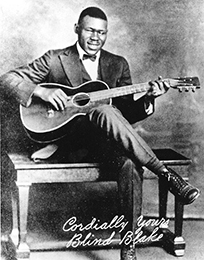
Born: 1893
Died: 1933
Blake’s unique fingerstyle guitar technique approaches the intricacy of ragtime piano and was to define and represent the Piedmont playing style in its highest form. Blake recorded a total of 79 songs for Paramount between 1926 and 1932, and throughout the decade of the ’20s, he was one of the most popular male blues artists of the time, along with Blind Lemon Jefferson.
Memphis Minnie
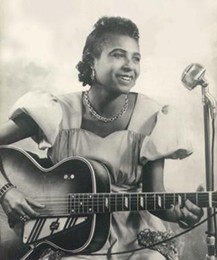
Born: June 3, 1897 in Algiers, LA
Died: August 6, 1973 in Memphis, TN
Born Lizzie Douglas in Algiers, Louisiana, Minnie moved with her family to a small Mississippi town just south of Memphis. By her early teens, she was playing banjo and guitar for tips in the streets of Memphis as “Kid Douglas.” By the 1920s, Minnie was established as an artist in the Beale Street blues scene.
Discovered by Columbia Records, the label released “Bumble Bee” in 1929, the singer’s first record as Memphis Minnie. A collaboration with her second husband, guitarist Kansas Joe McCoy, the song proved popular enough to finance a move to Chicago to further Minnie’s career. The two also wrote and recorded a song that would prove to be one of many career-defining songs for Led Zeppelin, which would then later be sampled to great effect by Beyoncé.
Big Bill Broonzy
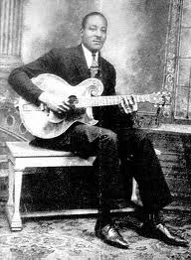
Born: June 26, 1893 in Scott, MS
Died: August 15, 1958 in Chicago, IL
Born on the banks of the Mississippi River, Broonzy moved with his parents to Chicago as a teenager in 1920, picking up the guitar and learning to play from older bluesmen like Papa Charlie Jackson. Broonzy began recording in the mid-1920s and by the early-1930s and helped define early Chicago blues.
Lonnie Johnson
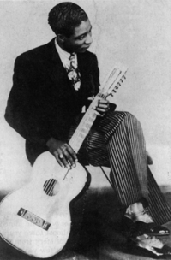
Born: February 8, 1899
Died: June 16, 1969
Born Alonzo Johnson in New Orleans, Johnson’s music was in a smooth and sophisticated urban style. His influence on T-Bone Walker and B.B. King was directly translated into modern blues and blues rock guitar.





